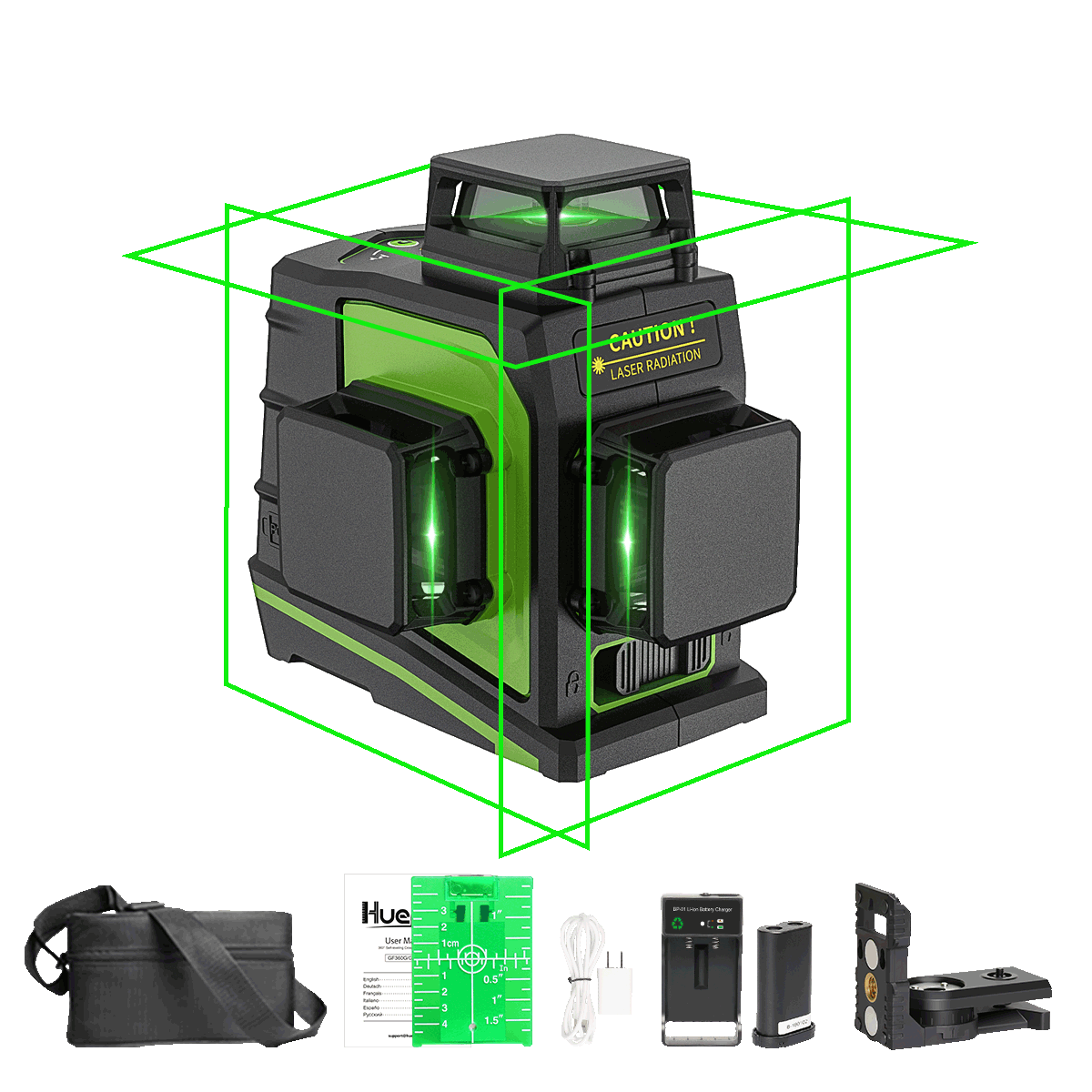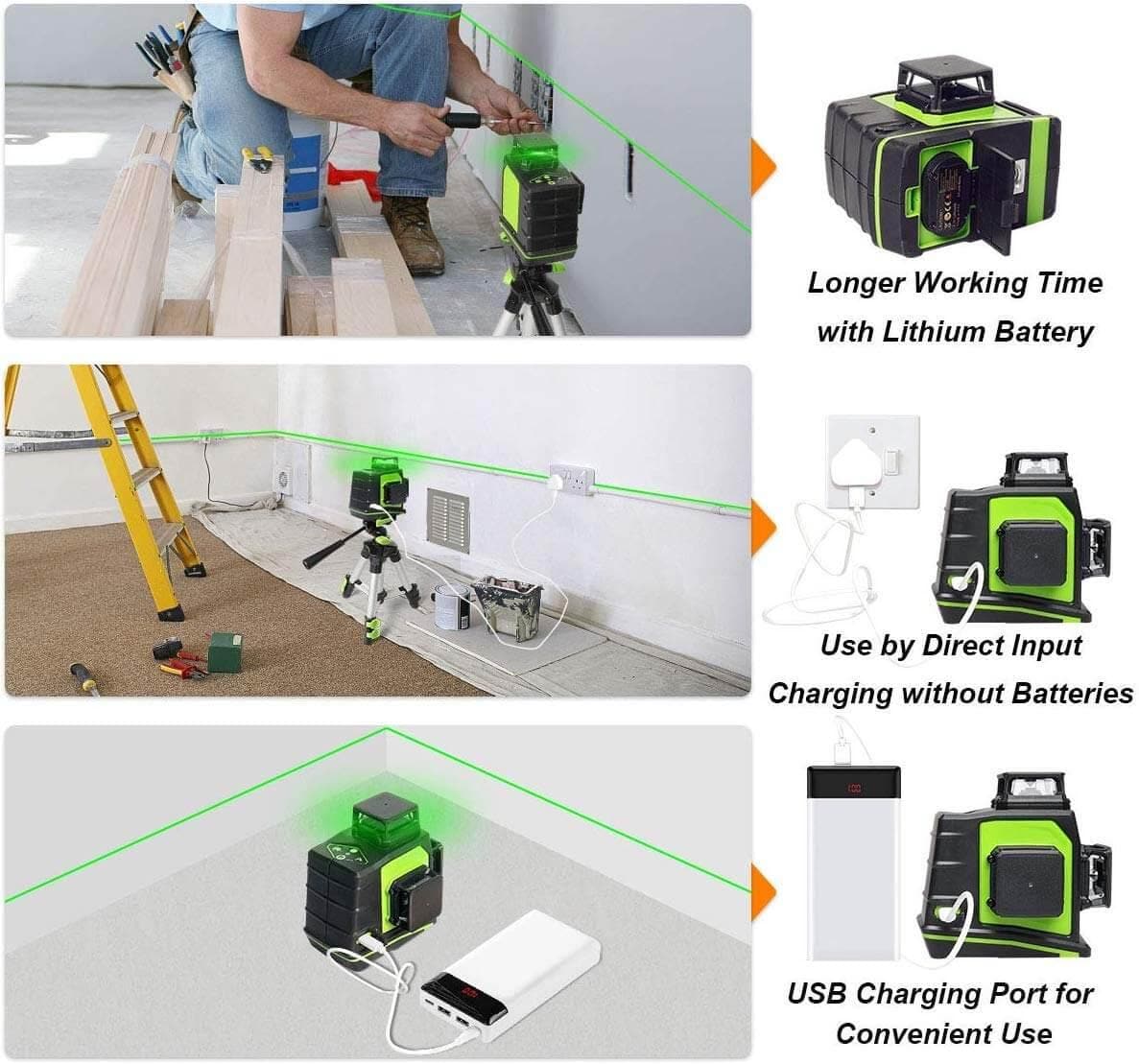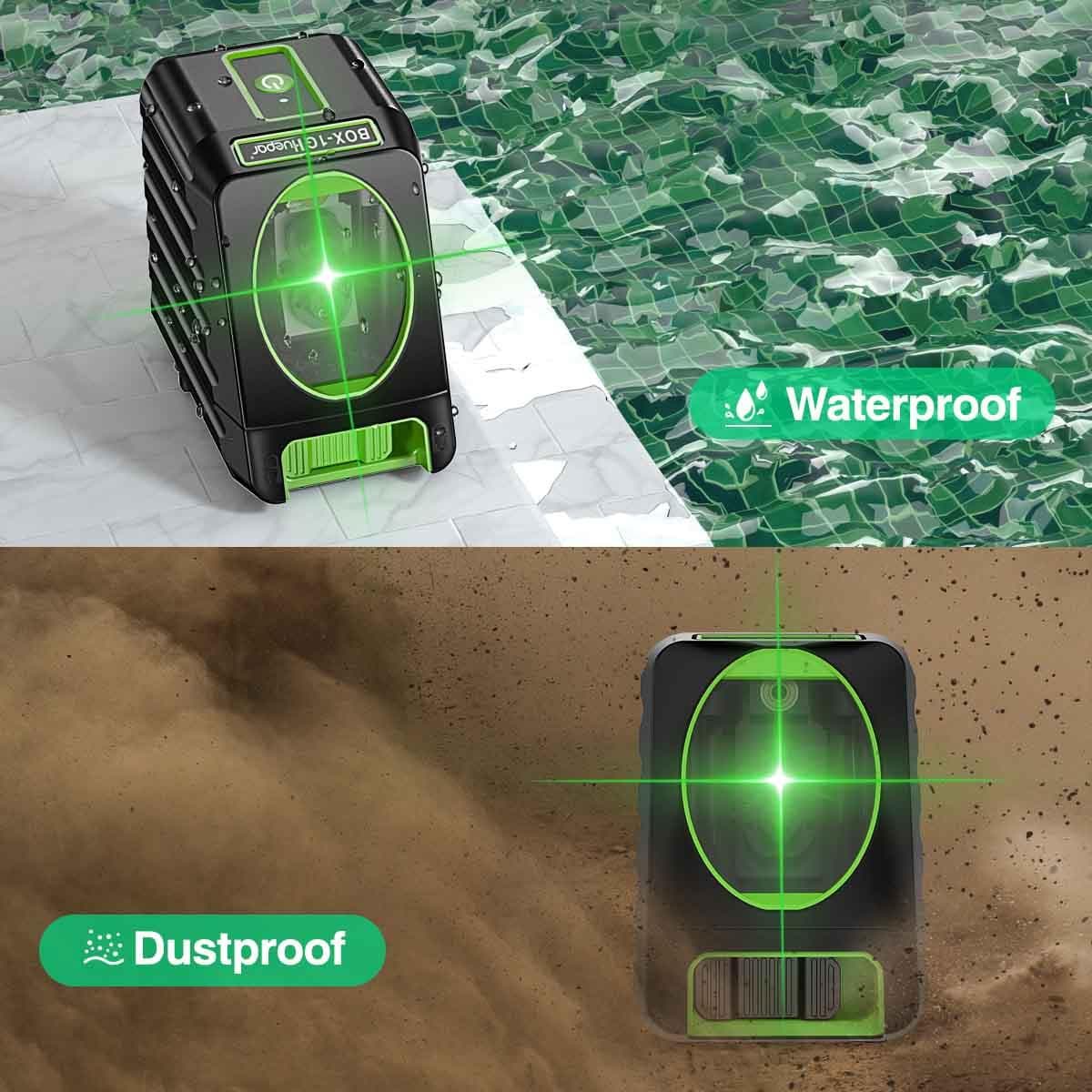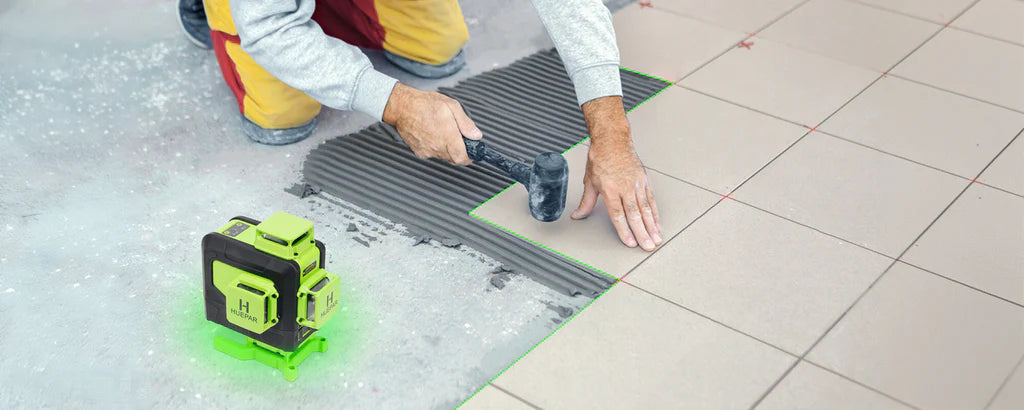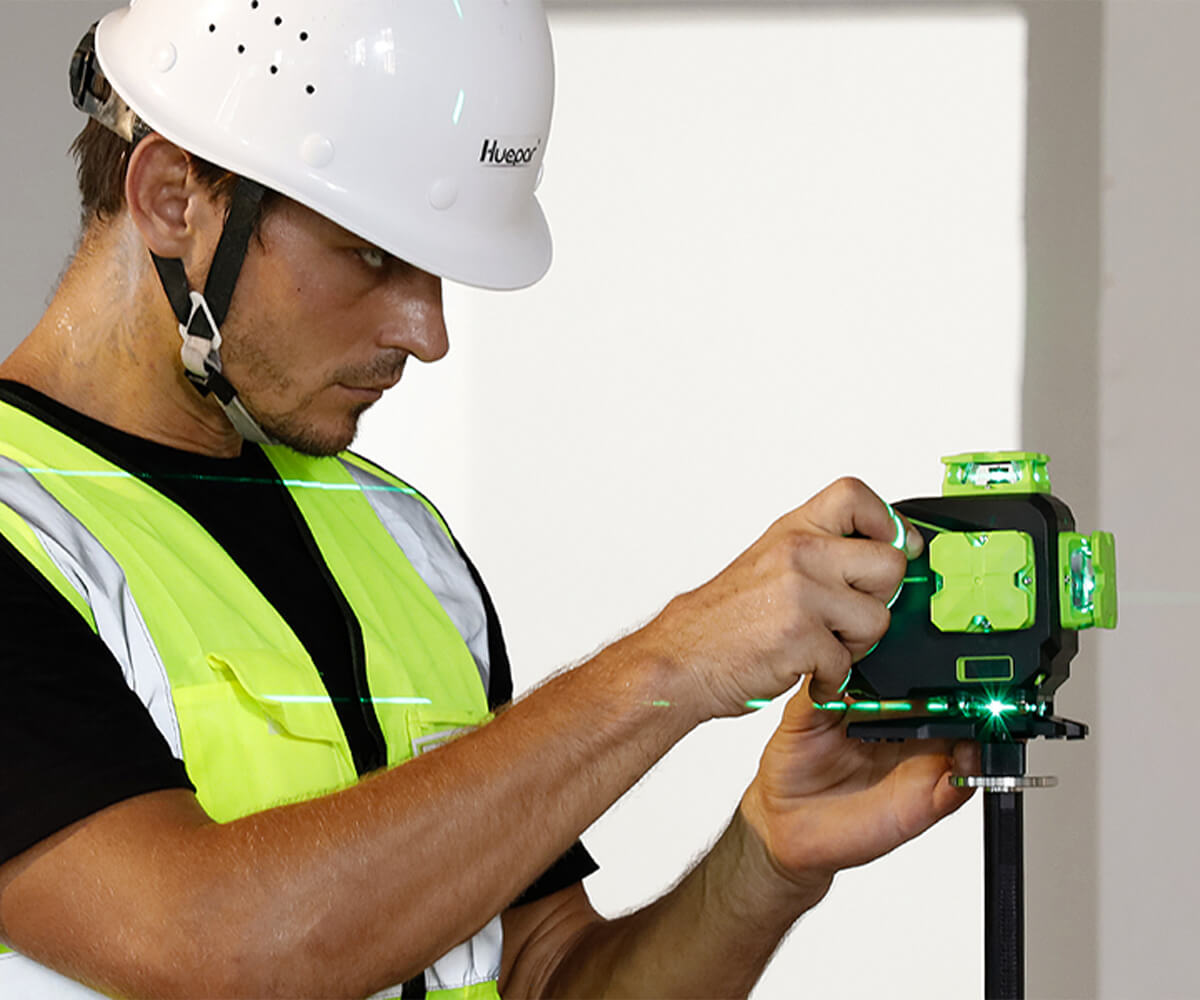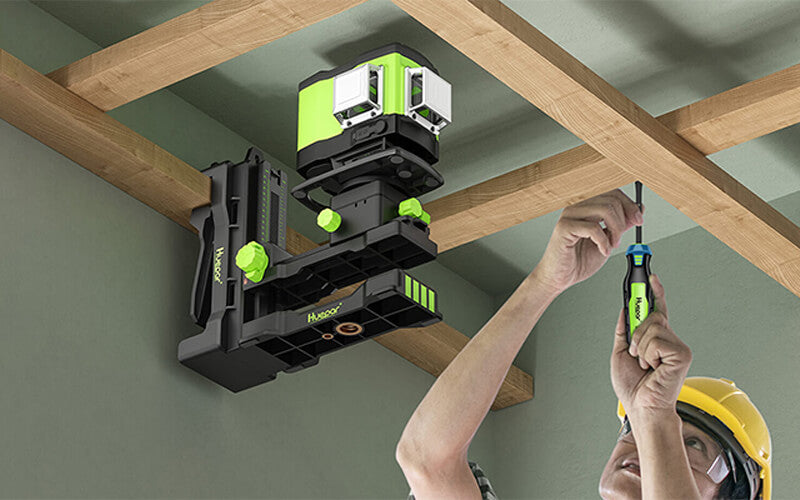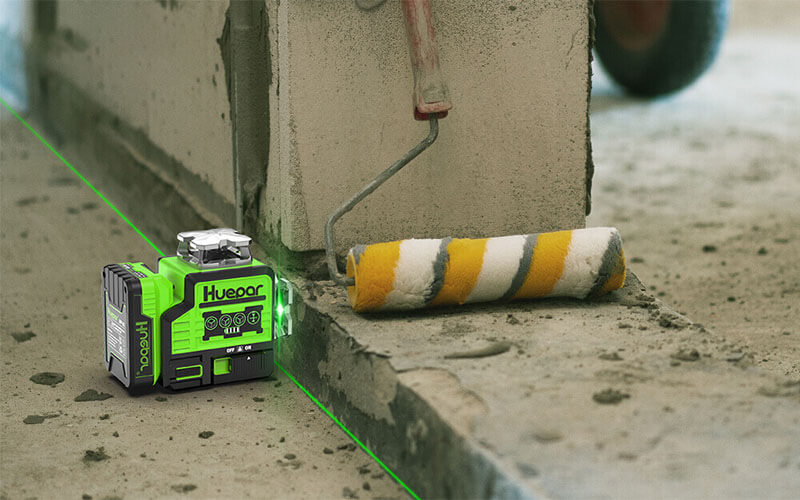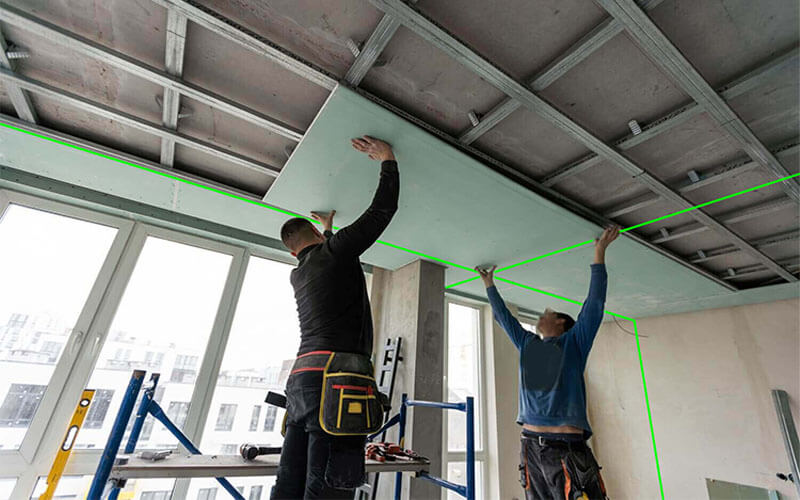
Unlocking Precision: A Comprehensive Guide to 3D Laser Levels
Understanding Laser Levels
The Basics of Laser Level Technology
At their core, laser levels emit a straight beam of light. This projects a guide across a surface. It aids in aligning items and leveling during construction or DIY projects. Laser levels vary in complexity. Basic models emit simple lines, whereas advanced ones cast three-dimensional planes. This enables users to work on both the horizontal and vertical axes. It reduces the need for multiple setups. With the 3D technology, accuracy in transferring points and leveling is improved. As a result, tasks are faster and outcomes more precise. This technology is crucial for precision-demanding tasks such as installing cabinets, tiling, and framing.

Types of Laser Levels: From Standard to 3D
When diving into the world of laser levels, we find a variety. There are simple line lasers, dot lasers, and rotary lasers. Then, there are cross line lasers. They project two lines: one horizontal, one vertical. 3d laser levels are a step up. They can project three 360-degree lines. One line for each dimension: one horizontal and two vertical. This makes for full room layout with just one tool. These levels offer the most control. Ideal for complex projects that need real precision.
How 3D Laser Levels Enhance Precision in Construction
3d laser levels bring unparalleled accuracy to construction. They project 360-degree lines on all planes. This allows for precise measuring, leveling, and alignment. Carpenters, masons, and electricians find them very useful. They use them for installing walls, piping, and wiring with exactitude. With 3D levels, complex layouts are made simple. Errors are reduced, avoiding costly corrections. Projects finish faster with greater confidence in the results. 3D laser levels have become key tools in modern construction.
Key Features of 3D Laser Levels
The Advantages of Using 3D Over Traditional Laser Levels
3d laser levels offer a leap in functionality compared to traditional models. With the ability to project lines along the X, Y, and Z axes simultaneously, users gain a three-dimensional perspective which is crucial for accurate layout work. Traditional units typically only cover one or two planes, making 3D variants a better choice for complex projects. Moreover, 3D laser levels reduce the need to reposition the unit repeatedly, which saves time and minimizes errors. The added dimension also facilitates tasks like installing walls, cabinetry, and piping by providing comprehensive visual guides.
Calibration and Accuracy in 3D Laser Levels
The precision of any laser level depends largely on calibration and accuracy, and this holds especially true for 3d laser levels. Regular calibration ensures the device maintains its accuracy over time. Most 3D laser levels feature self-calibration functions, which are crucial for tasks requiring the highest level of precision. Furthermore, the accuracy of 3D laser levels can be far superior to traditional levels, often within +/- 1mm. With the inclusion of electronic sensors and self-leveling capabilities, 3D laser levels significantly reduce the margin of error, keeping projects on track and within specified tolerances.
High-Tech Features: Bluetooth, Batteries, and Durability
3d laser levels boast cutting-edge tech features that distinguish them from simpler models. A key highlight includes Bluetooth connectivity, allowing users to control the device remotely via a smartphone app. This offers greater flexibility and the ability to make adjustments without manual intervention. Modern 3D laser levels also come with robust battery systems, often utilizing rechargeable lithium-ion batteries for extended usage. Furthermore, durability is paramount with most models designed to be dustproof and water-resistant, ensuring longevity even in harsh construction environments.
Choosing the Right Laser Level for Your Project
Comparing 3D, Cross Line, and 4D Laser Levels
Choosing the right laser level involves understanding the differences between 3D, cross line, and 4D models. 3d laser levels project lines on all axis points, perfect for tasks requiring full room layout. Cross line laser levels emit lines crossing at 90-degree angles, ideal for tiling or cabinetry. 4D laser levels resemble 3D types but include an additional laser plane, allowing for more complex alignments. When selecting, consider the project scale, precision needed, and ease of use.
How to Select the Best Laser Level for Different Projects
Selecting the right laser level is crucial for project success. For indoor tasks like hanging pictures, a cross line laser might suffice. For outdoor construction, 3D levels offer superior range and precision. Consider the environment, the level's range, and whether you need features like a plumb line or multiple planes. A 4D level might be best for complex layouts needing 360-degree coverage. Always balance your project needs with the level's features and budget.
Maintenance and Safety Tips for Using Laser Levels
Keeping your laser level in top shape ensures accuracy and longevity. Always store the device in a protective case when not in use to shield it from dust and impact. Regularly clean the laser emitter with a soft cloth to maintain a clear beam and check the calibration periodically, especially after drops or rough handling. When operating the tool, keep it away from water unless it is rated as waterproof. Also, avoid direct eye exposure to the laser, and use laser glasses when required. Lastly, follow manufacturer guidelines for battery care to prevent power issues.


